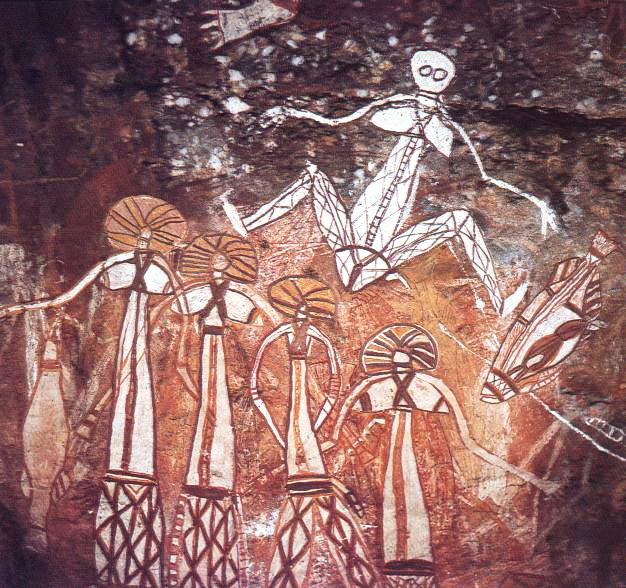return to Home Page
or move on to Goddess Juno, next chronologically,
or use Her Cyclopedia Index
Djanggau, ----.
J*ÑG9
[to Whom the thirteenth day of February, day 043, is dedicated]

return to Home Page
or move on to Goddess Juno, next chronologically,
or use Her Cyclopedia Index
Djanggau, ----.
J*ÑG9
[to Whom the thirteenth day of February, day 043, is dedicated]
